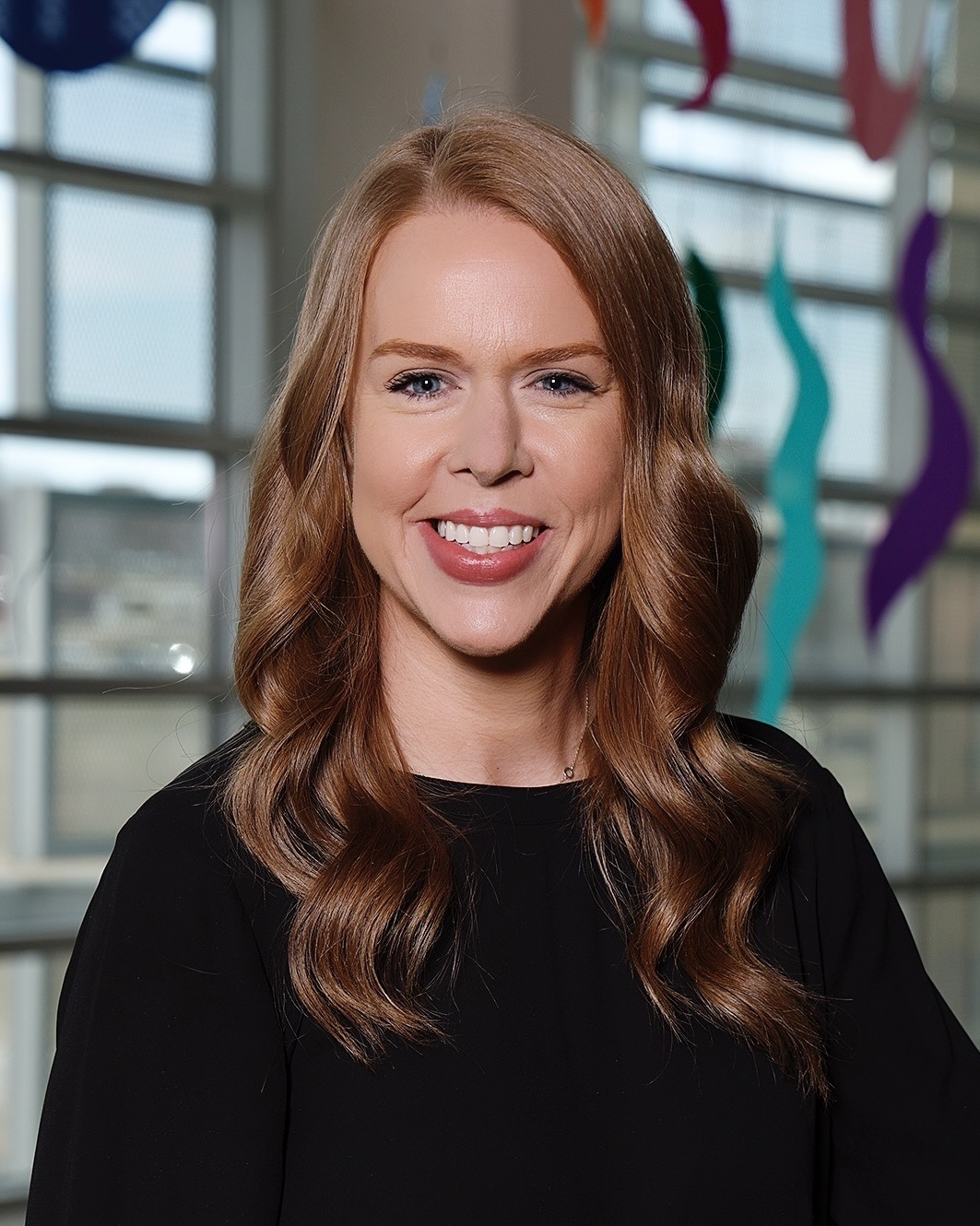Early Career Research Award PresentationImproving the Diagnosis of Otitis Media and Associated Hearing Loss in Children Objectives: Otitis media is one of the most common illnesses in childhood and can lead to serious immediate and long-term consequences. Optimal treatment is dependent on a comprehensive understanding of the specifics of the disease, however current diagnostic procedures often lack the specificity needed to guide treatment decisions. Otitis media can present differently in each patient, including the presence or absence of infection, the degree of conductive hearing loss, and the characteristics of any effusion (e.g., volume and viscosity). We currently lack non-invasive, objective methods to assess and differentiate these characteristics, and the impact of these variations on otitis media-related hearing loss is not well understood. Our goal is to enhance the differential diagnosis of otitis media by: (1) developing methods to objectively and non-invasively assess key diagnostic features of an episode of otitis media, and (2) exploring how variations in these characteristics influence the presence and severity of associated conductive hearing loss. Design: This study examines how variations in otitis media, particularly otitis media with effusion (OME), affect behavioral and physiological audiological measures in children. We assess behavioral audiometric thresholds, standard tympanometry, wideband acoustic immittance, and otoacoustic emissions in children diagnosed with OME. In children undergoing pressure equalization tube placement, we obtain information about effusion characteristics at the time of surgery. Additionally, we investigate the potential of wideband acoustic immittance to objectively and non-invasively characterize these variations and estimate the degree of conductive hearing loss present. Results: Our findings indicate that wideband acoustic immittance is effective in differentiating the volume of effusion, which appears to be a key factor influencing the extent of conductive hearing loss. Preliminary data further suggest that wideband acoustic immittance may be able to directly predict conductive hearing loss levels in children with OME, providing ear-specific estimates of hearing. This is particularly valuable, as is it can be challenging to obtain ear-specific audiometric thresholds in young children, those most affected by otitis media. Moreover, our data demonstrate that wideband acoustic immittance can be reliably measured in clinical settings, even in young infants and toddlers where behavioral audiometric testing may be unsuccessful. This method also appears to be sensitive to subtle fluctuations in middle-ear function that standard tympanometry may overlook, potentially improving the clinical management of otitis media with effusion. Conclusion: Wideband acoustic immittance shows significant clinical promise in enhancing the differential diagnosis of otitis media with effusion.
|

